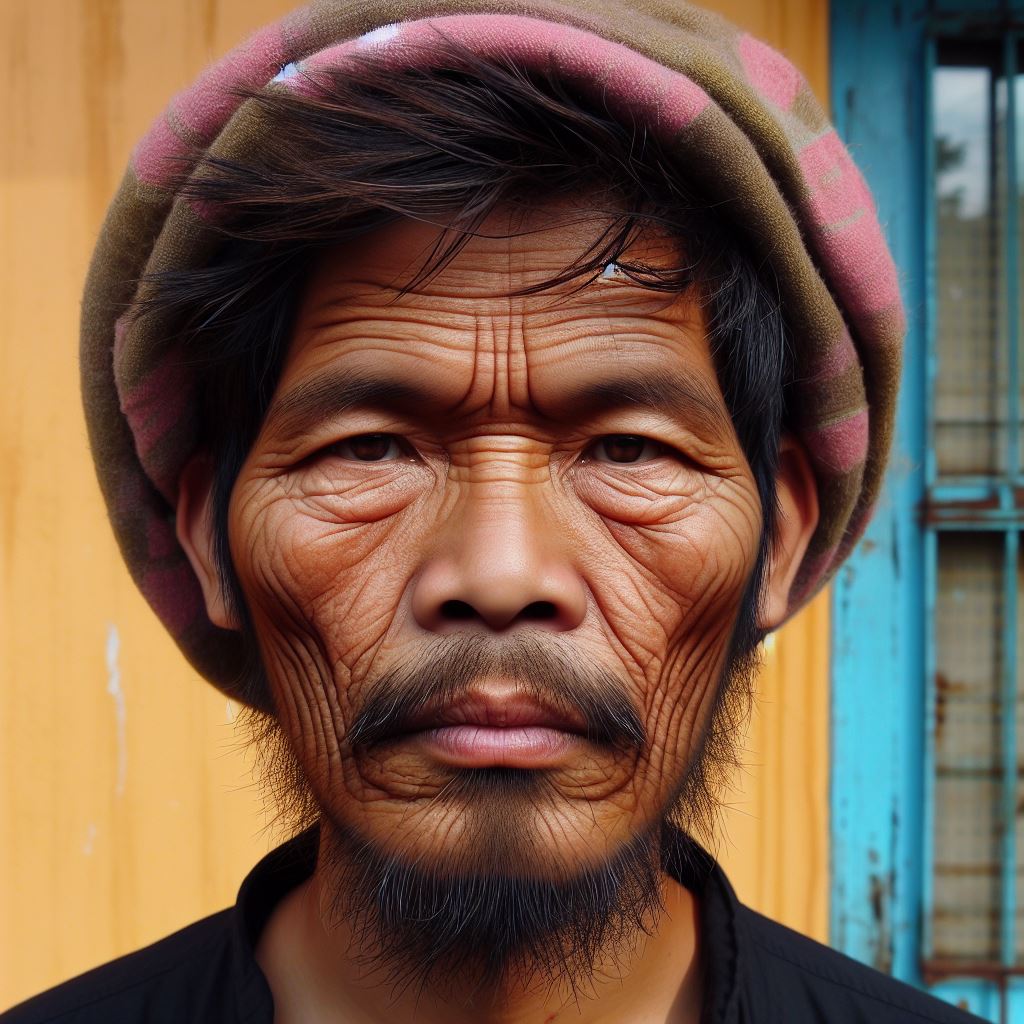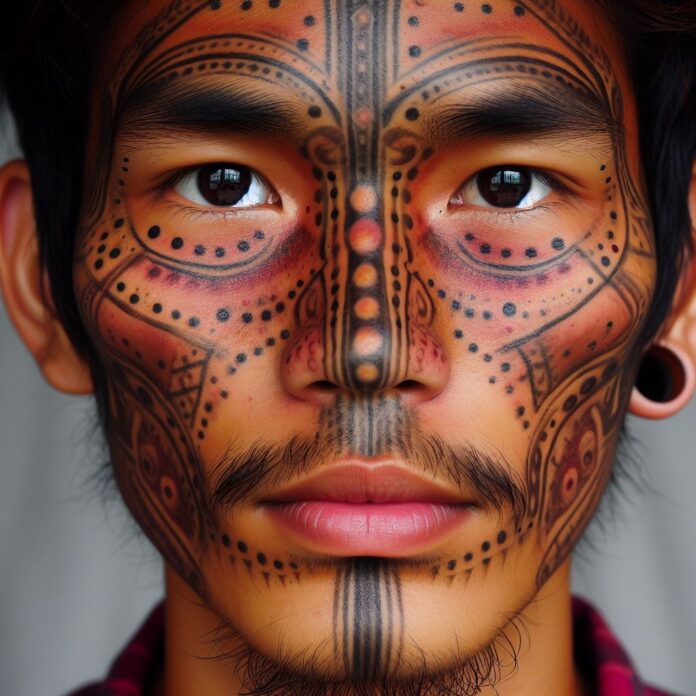The term “mongoloid face” has been used for centuries to describe the facial characteristics of people of Asian descent. However, this term is now considered outdated and offensive, as it perpetuates harmful stereotypes and reinforces the idea of a racial hierarchy. In this article, we will explore the history of the term “mongoloid face” and why it is important to move away from using it. We will also discuss the facial characteristics commonly associated with people of Asian descent and why it is important to celebrate and embrace diversity.
The History of the Term “Mongoloid Face”

The term “mongoloid” was first used in the 18th century by European anthropologists to describe people from East and Southeast Asia. It was based on the outdated and now debunked theory of race, which categorized people into distinct racial groups based on physical characteristics. The term “mongoloid” was used to describe people with certain facial features, such as a flat nose, almond-shaped eyes, and a prominent cheekbone. However, this term was also used to justify colonialism and discrimination against people of Asian descent.
Why the Term is Offensive

The term “mongoloid face” is now considered offensive and derogatory for several reasons. Firstly, it is based on a racist and outdated theory of race that has been debunked by modern science. Secondly, it perpetuates harmful stereotypes and reinforces the idea of a racial hierarchy, with people of Asian descent being seen as inferior. Lastly, it is a term that has been used to justify discrimination and violence against people of Asian descent, particularly during times of war and conflict.
Facial Characteristics of People of Asian Descent
While the term “mongoloid face” is no longer acceptable, there are certain facial characteristics that are commonly associated with people of Asian descent. These include a flat nose, almond-shaped eyes, and a prominent cheekbone. However, it is important to note that these features are not exclusive to people of Asian descent and can be found in people of all races. It is also important to recognize that there is a wide range of facial features within the Asian community, and no one person can represent the entire group.
Embracing Diversity
It is important to move away from using the term “mongoloid face” and instead celebrate and embrace the diversity within the Asian community. People of Asian descent come from a variety of countries, cultures, and backgrounds, and it is important to recognize and respect this diversity. By using outdated and offensive terms, we are perpetuating harmful stereotypes and contributing to the marginalization of certain groups of people.
Conclusion
In conclusion, the term “mongoloid face” is an outdated and offensive term that should no longer be used. It is based on a racist and debunked theory of race and perpetuates harmful stereotypes. Instead, we should celebrate and embrace the diversity within the Asian community and move away from using harmful and offensive terms. Let us all work towards creating a more inclusive and accepting society.
You may like reading about the following: Media Bzy
